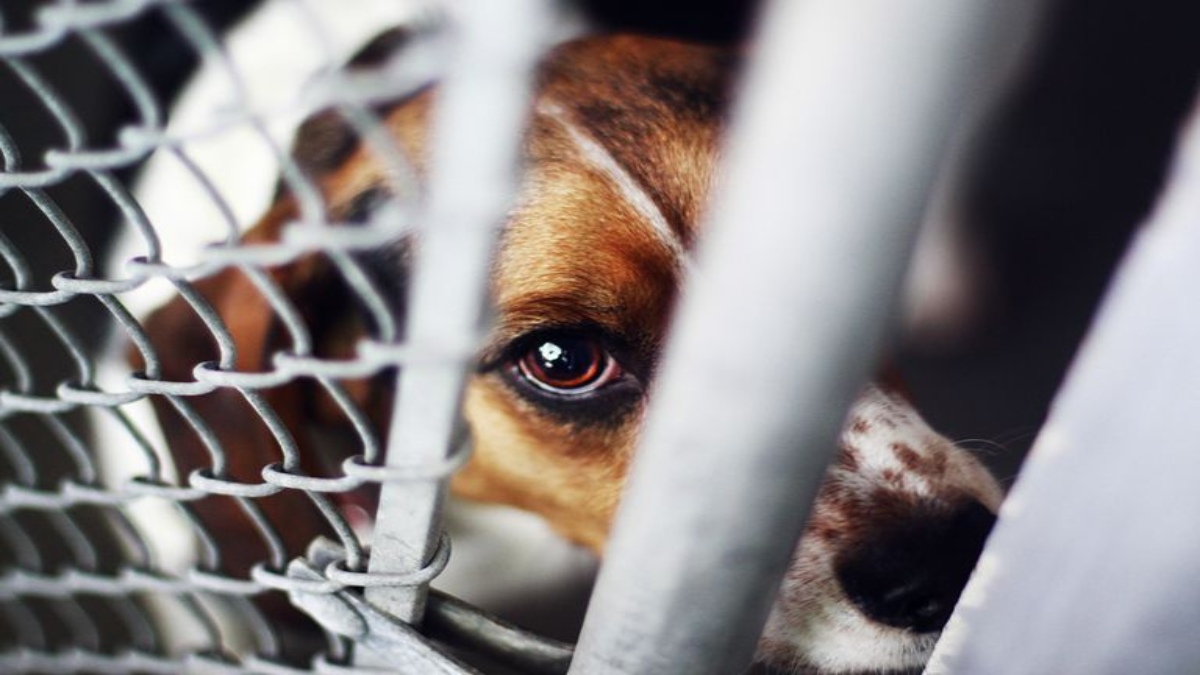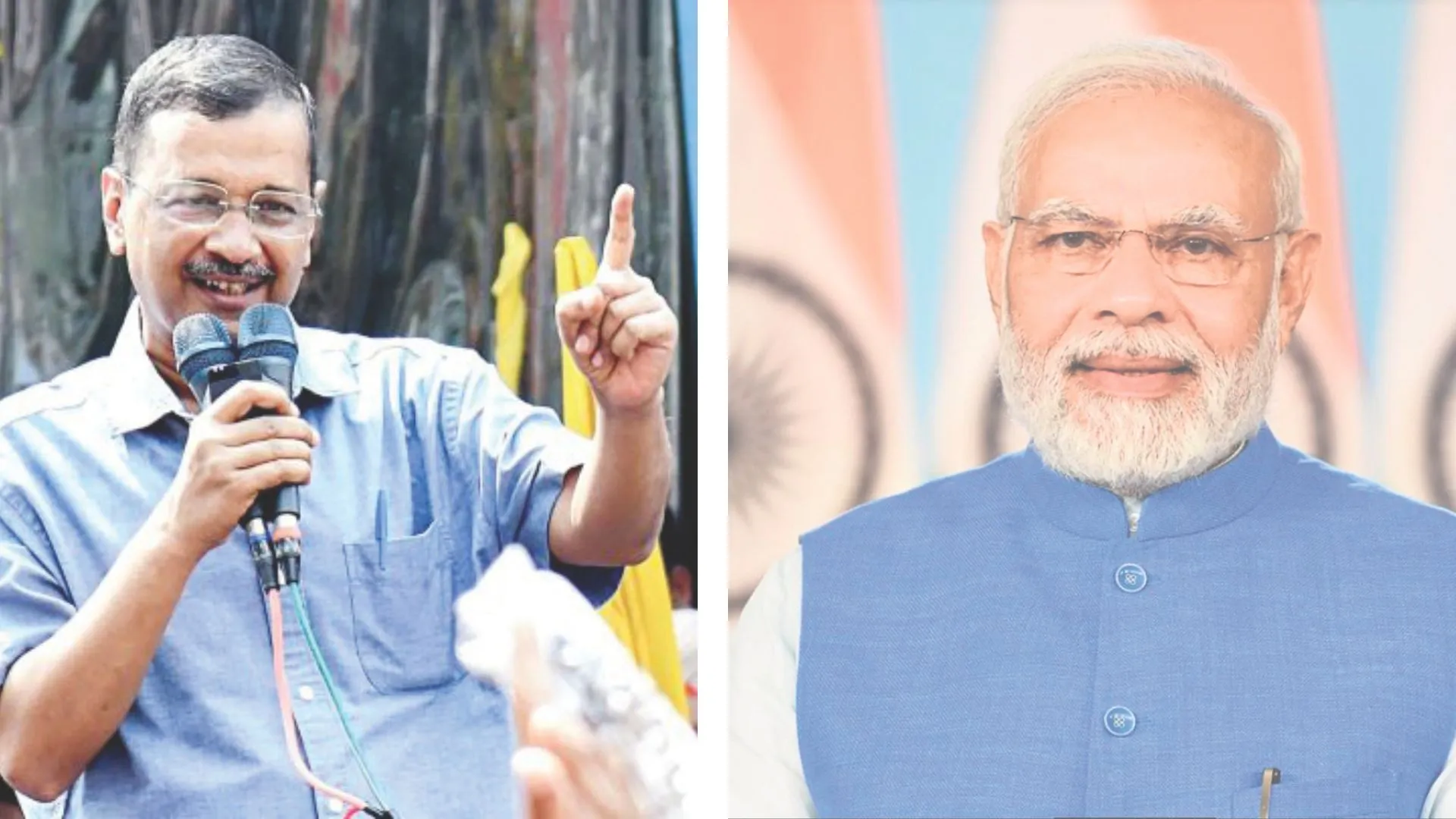In 1999, as I was sitting on the broken rim of a waste filled well in Nathupur village, (currently main hub of Gurugram district) Rajlaxmi a herder woman started talking to me while holding a gorgeously smart 3 feet tall ram by his ears. She had seen admiration in my eyes for her creature and poured her heart out on how she was protecting him from the butcher like a son as her husband has sold all other goats for family’s survival, “what can I do if I have to choose between my children and this ram.” With tear filled eyes she lamented, “I am not sure how long I will be able to protect him as we are ourselves in a state of starvation, moreover there are no fields left to feed him, everyone fights as I take him out and he also recognizes the aliens on his land and buts their back when they quarrel.” This story of love, loyalty, and guilt ended when this last ram of the village was sold to the butcher just a week later. The genie of rapid urbanization bulldozed over agrarian lives, shrinking their villages to peppered claustrophobic ugly spots just enough for them to breathe under the shadows of developers’ big dreams, a process best explained in the words of a critical geographer David Harvey as ‘accumulation by dispossession’. I wish to really call out to the National Smart Cities Mission, ‘have a heart master’!
HOMELESS DISPOSSESSED OF LAND AND HABITAT
Smart cities are creations of phenomenal infrastructural expansion over rural areas and agricultural fields. While the landowning communities received compensation for further adaptation, the shepherd-herder Scheduled caste, and tribes which formed mostly landless communities were pitilessly uprooted. Everyone seemed to be against them ie; realtors, migrant professionals, the new NRIs, and the doctors who discovered in this cynophobia (fear of animals) a best practice option in smart cities. The speed with which farms, fields, orchards, water bodies, and forested areas were granted a change of land use approvals to urbanize most magistrates in districts failed to even see that their actions of depriving many other lives of their basic fundamental right to live may sooner or later bounce back as an unresolved disaster to life. The village safety nets of animal-dependent communities were lost so most of their cattle, donkeys, goats, pigs, sheep and their watchdogs were left straying around built-up areas. The “Gurgaon model” of urbanisation, which wiped out 58 villages within a week in 2003-4 and got CLUs on 100 more within that year was the creation of real estate giant developers. They provoked an uneven process of agrarian transformation as it was based on land acquisition, legal exemptions, and use of eminent domain by the State in their favour. This unsustainable transition model that every metropolitan city followed as a prelude to the so-called smart cities presents ‘Accumulation by Dispossession’.
If one takes 1999 as the base year for understanding this transformation till 2018, the Google data studio Geo Map brings many stories from the ground. In Delhi alone the built-up areas increased from 31% to 53 %, agriculture land came down to 28%, city forests to 13% and the wasteland which constitutes barren and shrubland for animals and birds was down from 14% to 5%. In adjoining Gurugram, built up area increased to 79% leaving no space for any other living species while wastelands which are home to innumerable species were reduced to mere 3%. The problem of land loss increased vulnerability to city life and co-existence with animals. In Mumbai Metropolitan Region(MMR) which includes Mumbai, Thane, Navi Mumbai and Uran, lost more than 107 sq km of creek and agricultural land. Many NGOs working at the ground level found increased vulnerability to inundation due to flood water as creeks were flow channels of water. The Chennai floods of 2019 were found to be a result of building over water channels.
Would the institutions understand the animal-human conflict any better yet an unstoppable digging, uprooting, construction, and dumping was articulated and protected by emerging real estate actors in these regions. The new institutional processes created agencies like the Urban Development Authorities, District Town and Country Planner and Industrial Development Authorities which for lack of these grassroots concerns worked in favour of the dominant landowning communities to help intrumentalise inequalities within which there was no possibility of even a feeble discourse on animals in a smart city.
The landowning classes, Reddys, Vokkaligas and Lingayats in AP and Karnataka, Nayars in Kerala, Thakurs Bhumihar, Brahmins, Jats and Yadav in Hindi speaking states were winners having the last laugh in urbanization drives. The biggest losers were those animals with no masters, no habitat, food or water yet earned a new name in smart cities ‘the strays’ to match an engineering metaphor in which ‘ roaming is an aberration not a symptom of dispossession, like an excited Rydberg atom straying in an electric field’.
MAN-ANIMAL CONFLICT
The man-animal conflicts in smart cities is increasingly taking an uglier turn in which animal welfare people encounter rioting crowds in colonies which has also led to abuse of the elderly, molestation of women and even killings of humans and their animals by hate gangs. Just before the 2018 floods in Kerala there was a mass massacre of street dogs being carried out by the nouveau riche in Kochi, Trivendrum and adjoining areas, so much so that a group found it chivalrous to give itself a name called ‘Street Dog Eradication Group’ which led the killings of 40 clueless dogs on streets in Kannur till its rampage was stopped by the Court under Section 428 and Section 429 of IPC. Identical hate gangs have rampaged animals on streets and the height of hatred crossed all limits when the Supreme Court stopped vigilante groups in Kerala who were distributing subsidized air guns and free training to children on how to kill street dogs. The 2008 Case of People for Elimination of Stray (led by Rosario Menenzes) v.State of Goa (Chief Sec.) at least one judge suggested a harmonious construction in which no municipal act could be implemented in defiance of the Prevention of Cruelty to Animals Act and said, ‘….inspite of the provisions of sub-section (3) of Section 11 of the PCA Act 1960 and other Acts referred to above, the killing of the stray dogs has to be totally prohibited.’
Similar incidents have taken place in Mumbai, Gurugram and Bangalore to name a few smart cities where animal welfare people have been prevented from using lifts, feeding animals and have been penalized heavily with cash fines. In Gurugram during 2012, a judicial magistrate ordered an enquiry against a couple that had raised a small make shift shelter for the cats during winter time and openly joined the hate gang of Society’s RWA in threatening the animal care taker. In Navi Mumbai a resident Sharmila Shankar petitioned the Bombay High Court against a Rs.5000/- fine imposed upon her by the developer’s management company, Seawoods Estate Limited (SEL) for feeding stray dogs. The court appointed an amicus curiae to help them resolve the dispute. The High Court vacation bench led by J.Kathawalla and J.Milind Jadhav noted with concern, ‘the bitterness between parties appears to be intense in view of one group of members wanting to feed the dogs inside the complex and the other group making a grievance that the same would create a nuisance for residents.’ In Karnataka, some of the worst cases of hate killings took place in Shivamogga during 2020-21.This famous tourist place where more than 100 dogs and 150 monkeys were poisoned to death within a month could not be stopped in time from committing the heinous act by the district administration. The hate groups against animals in cities are so restless that even after brutal killings they take the animal’s body around the city for public display of their power against animal welfare people. This happened in Saharanpur and Muzaffarnagar when bodies of stray animals was hung outside the truck wall and taken around the city in 2011. In Ahemdabad, only last year a procession was carried out to celebrate the body of a dog which they had brutally beaten to death. Yet, some judges with their horse’s blinders are not able to have a more holistic view of society and continue to mock the seat of justice in ignorance and in lack of exposure to causes of man-animal conflicts in new cities.
THE ADMINISTRATIVE MACHINERY
The sole authority to guard against animal cruelties, ‘The Animal Welfare Board of India (AWBI)’ under the Ministry of Environment and Forests works on an outdated denture to just watch killing of monkeys, neelgais and pigeons once the verdict comes from the hon’ble Environment Minister! Consequently, this otherwise potentially meaningful institution which closely matches the philosophy of our land and also global humanism which rejects all forms of cruelties and violence in any form is marginalized at the face of hegemonic discourse of development surfacing in slogans of ‘animal-free streets’, ‘right to the choice of food’ or ‘anti-rabies drives’ while Art 48A and Art 51A (g) of the Indian Constitution become victims of administrative oversight and intellectual anaemia.
In a writ petition filed by Geeta Sheshamani v.Union of India 2000, it was alleged that the provisions contained under the Prevention of Cruelty to Animals Act, 1960 are not fully implemented by the various States. All the State Governments were impleaded as party respondents. Vide The Prevention of Cruelty to Animals (Establishment and Regulation of Societies for Prevention of Cruelty to Animals) Rules made by the Central Government in 2001, Society for the Prevention of Cruelty to Animals (SPCA) became a necessary requirement but in the 2008 Court verdict in the above case, it became mandatory for every state government to establish Society for the Prevention of Cruelty to Animals (SPCA) for each and every district in the state within six months and to submit an annual report to the state welfare board detailing the welfare measures taken by it during the year. Yet a large majority of states failed to establish SPCA.This led Gauri Maulekhi to file a fresh writ petition in 2014 and seek orders and deadline based commitment from states to establish SPCA in all districts of the state. The States are now beginning to constitute SPCAs in their districts even though in a very fuzzy and uninformed manner.
WHAT COULD BE DONE?
Cynophobia is the fear of certain animals especially dogs. The smart city dwellers who are pushed to violence and killing other species which they hate should be advised by courts to be treated with medication or psychotherapy. Therapists around the world suggest and apply an exposure therapy or desensitization by interacting with objects they get scared about. If dogs and other animals are continuously penalized due to a problem that exists somewhere else, the problem will never be resolved. This ‘co-existence’ is exactly what the spiritual literature of India has emphasized and is reflected in many latest judicial pronouncements in cases of man-animal conflicts in cities.
The other remedial measure is a strict and mission-driven implementation of the Animal Birth Control (ABC) Programme in every district to be implemented with a network of area based NGOs and supportive funding (which is severely reduced currently). The government should realize that ABC is the most appropriate programme for smart cities besides being a preemptive measure for smart governance. Institutional budgets of universities, government and private offices, factories and industrial areas as well as all disaster management authorities should commit at least 2% of their annual budget to ABC and medical support for animals. These pre-emptive measures in population control of animals in disaster management would go beyond ABC to the protection of natural wilderness habitats and waterbodies rather than investments in parks and biodiversity areas which are closed for other humans. Smart Cities Mission may like to graduate to a more sustainable ecosystem-based happiness where every creature is part of the web of life.
The author is president of Network Asia Pacific Disaster Research Group, Senior Fellow at the Institute of Social Sciences, and former Professor of Administrative Reforms and Emergency Governance at JNU. The views expressed are personal. This piece is part of a series of five articles on ‘Grassroots Concerns of Smart Cities Mission’.























